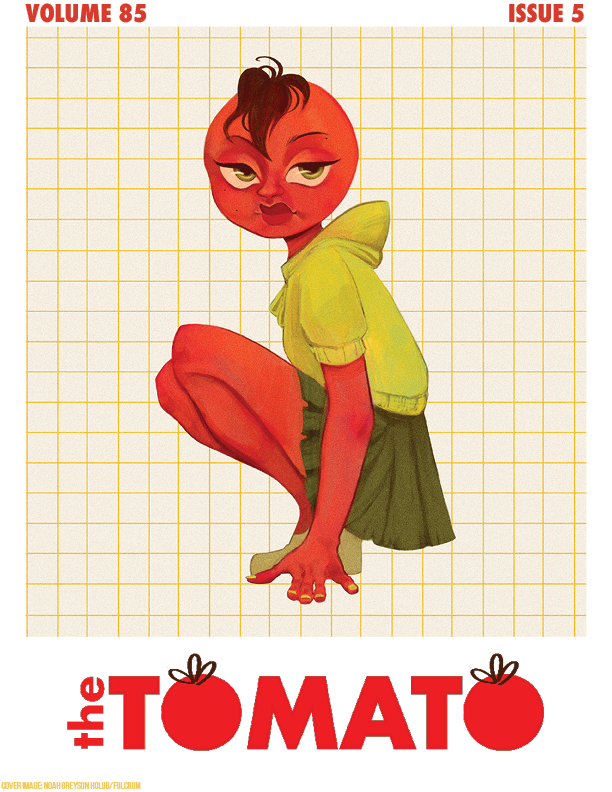The company behind some of Canada’s largest newspapers announced its intent to start an online casino
Torstar Corporation — which owns newspapers such as the Toronto Star and Hamilton Spectator — has embraced gambling, of all things, as a way to fund their operations. This development offers a sobering look at the realities of modern journalism and the shaky potential for the survival of print news.
In a press release published on March 1, Torstar revealed their plan to “provide a unique and responsible gaming brand,” ostensibly to get in on some of the $500 million spent on online gaming within the province.
According to Paul Rivett, Torstar’s chair and co-owner, one of the goals of this project is to “support the growth and expansion of quality community-based journalism.”
This is just one of many alternative funding models that are popping up in the news world. Models that have ranged from government grants and non-profit models to worker-owned media co-operatives and crowdfunding.
While creating an online gambling platform is a unique answer to the issues faced in funding print media, it is important that we recognize the troubling questions that are inherent with such a design.
Gambling is a highly addictive habit. At times, it can even go as far as to ruin the lives of those afflicted with addiction as well as their families. The high risk, high reward action inherent within the activity can affect our brains in ways similar to drugs or alcohol. While a night at the casino or a game of poker are relatively harmless acts, it is important to remember that these games of chance are designed to manipulate our behaviour by stimulating the pleasure and reward systems in our brains.
Whether Torstar’s efforts to create an online casino are justified is up to you. We would be remiss, however, if we didn’t discuss why print journalism is in such dire straits, and hopefully shed light on why media is more important now than ever before.
It all started with the rise of the internet.
To say that the journalism industry was caught off guard by the internet would be an understatement. It took just a few short decades for blogs and online forums to force open the iron-fisted grip that the news industry had held on current events.
News went from being the sole domain of hard-nosed reporters to a free and flowing online discourse where anyone could contribute. The advent of social media drove yet another nail in the coffin for print news, as now people could post information as fast as their fingers could type it.
It didn’t take long for advertisers to notice the shift. The estimated revenue of American newspapers from advertising and product circulation dropped from over $42 million in 2006 to just over $14 million in 2018. For context, 2006 was just two years removed from the founding of Facebook in 2004.
But the internet was not the only culprit in the slow death of print news. The 2008 recession brutalized the American newspaper industry, causing $20 million in losses from 2007 to 2009. This one-two punch of online competition and economic recession has left print media half-dead and clinging to life.
While massive print publications like the Toronto Star or the New York Times have weathered the beating, local community-focused news brands have largely succumbed. Community newspapers now disappear with regularity in Canada, and this has only been exacerbated by the COVID-19 pandemic.
Larger newspapers now have to stretch themselves even thinner to try and cover these smaller communities.
In addition to all of this, the media now serves a public that largely distrusts it, thanks in part to the “fake news” fiasco that was Donald Trump’s presidency. Only 52 per cent of Canadians claimed that they had “trust in news overall” as of 2019.
The rise of disinformation has also eroded trust in the media, as the weaponization of filter bubbles, confirmation biases and echo chambers cause readers to reject information that does not fit their predetermined beliefs and ideologies.
With all of these issues beating down on print news, perhaps Torstar can be forgiven for embracing the potentially exploitative revenue that is online gambling. If their casino keeps the lights on in the newsroom and allows them to continue putting out honest journalism, then maybe that’s a good thing for the industry as a whole.
The path forward for print news is incredibly unclear and may require a throw-it-at-the-wall-and-see-what-sticks approach.
Still, it would be wrong to entirely let Torstar off the hook for their casino model. But, should print journalism survive to fight another day, we may have to avoid both condonation and condemnation.
Editorials are written by the Fulcrum’s 14-person editorial board and express the shared views and opinions of the Fulcrum’s editorial staff. To share your own views, email editor@thefulcrum.ca.






